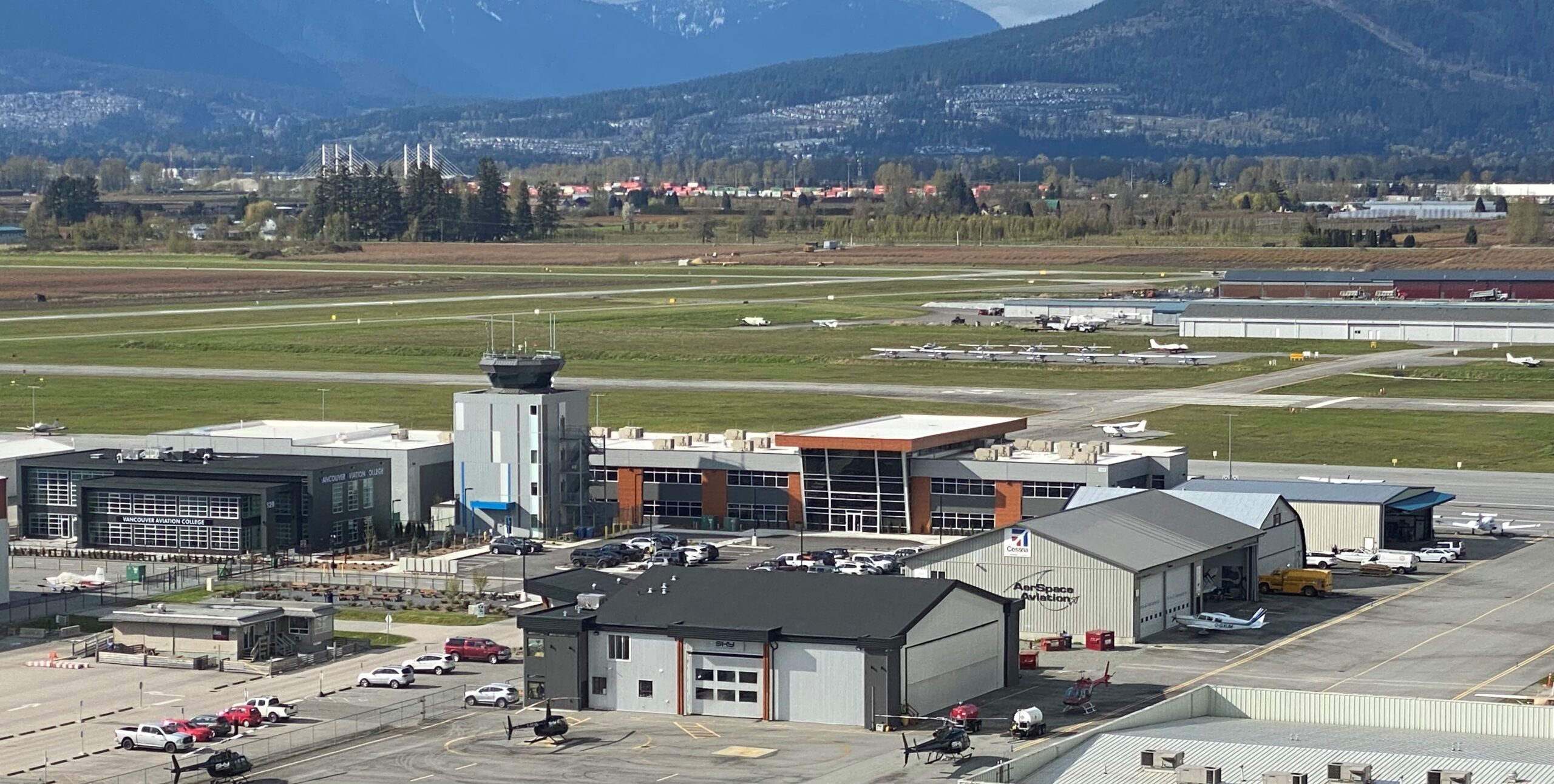- By admin
- June 17, 2022
- Comments (0)
Choosing a Flight School
Knowing how to choose a flight school can be an overwhelming task, especially if you do not have a background in aviation. You have dreamt of flying as a kid and now you have chosen to let your dreams take flight. You can search online for flight schools in your local area or perhaps even in another country and are overwhelmed with the huge amount of information you are facing. We are hoping to provide some guidance for those researching their options for quality flight education in Canada.
Flight training like many other sectors of the Aviation industry is regulated by Transport Canada. The role of a flight school or a Flight Training Unit is to prepare candidates to meet the licencing requirements set by Transport Canada and upon successful completion of the program, students will be issued a permit, licence, or a rating by Transport Canada.
Set Your Goals
Before starting your flight training, it is a good idea to determine your goals. Would you want to fly for fun taking your friends on a weekend flight every now and then? or would you like to work as a pilot and make flying your career? Knowing what you would like to achieve in your journey can help you select the appropriate program.
Instructor to Student Ratio
The number of full-time students an instructor is assigned to corresponds with the quality of training. When contacting a flight school, ask them about the average number of students an instructor has or even talk to some of the instructors.
Instructor Supervision
Just like any other job, some flight instructors have more experience than others. Typically, a Class 4 Flight Instructor has less experience than a Class 1 Flight Instructor. To ensure the quality of education, flight schools implement a supervision plan through which more experienced instructors will directly supervise the training of students. During your research, ask the school about their supervision or quality assurance program.
Rates and Tuition
Flight training is highly performance-based, this means flight schools often provide candidates with estimates of the program tuition. We find the best way of comparing the cost of tuition is by referring to the aircraft and instructor hourly rates and doing the math yourself!
Distance to the Practice Area
In the interest of safety, air exercises are conducted over non-populated areas. This means that for a typical flight, students would need to fly to a certain practice area to conduct the flight. Although the time spent on the way to the practice area can be used efficiently, it is a factor worth considering.
School Accreditation
In addition to the certification received from Transport Canada, private institutions should typically receive additional accreditation from other provincial governing bodies. In British Columbia, this is done through the Private Training Institutions Branch (PTIB) of the Ministry of Advanced Education.
Visit the School
Once you have gathered a shortlist of flight schools, it is a good idea to visit the school facilities and talk to some staff members or maybe even get a tour. It would be great if you could talk to a flight instructor from the school too!
Make a Decision
Once you have gathered all the data, it is time to analyze them and make a decision. Take your time while analyzing data and choose the school which in the end will sell you an education and not only a licence!
On behalf of the entire Island Coastal Aviation team, we would like to wish you the best of luck!
